There are few things as delicious as a crisp bread & butter pickle slice! Get the recipe to make bread & butter pickles!
This post is sponsored by Ball® Fresh Preserving.
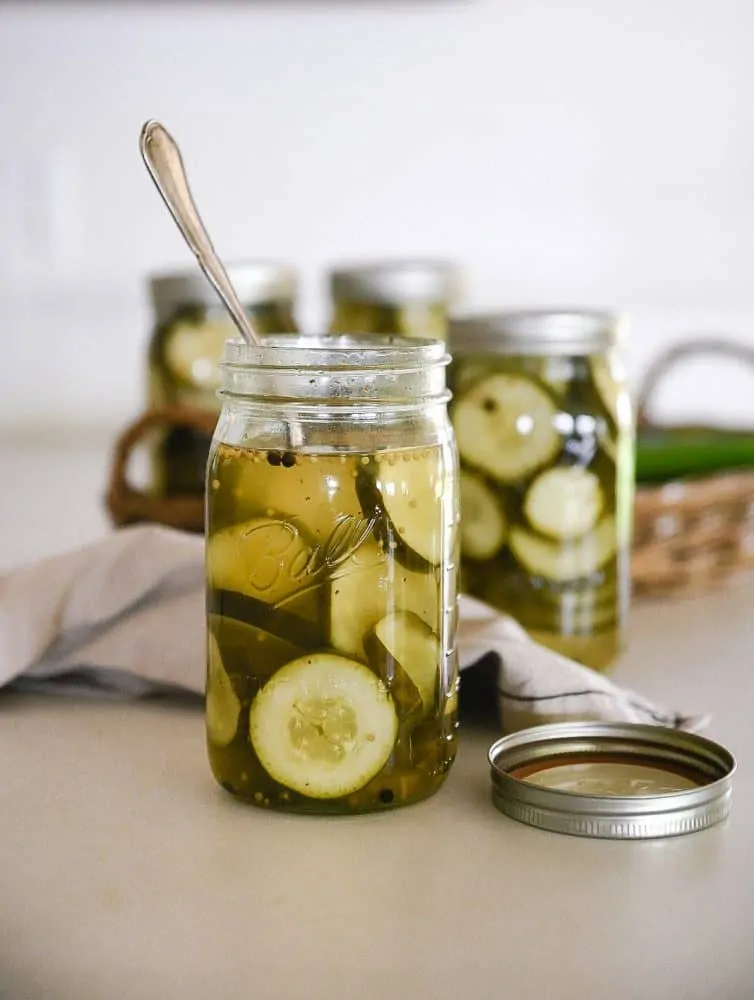
Bread & Butter Pickles
If you love pickled vegetables, chances are you’re a huge fan of bread and butter pickles!
It is said that bread and butter pickles get their name from the depression era meal of thinly sliced pickled between slices of buttered bread. I always thought they were called bread & butter pickles because they are sweeter than other pickles, although now that I think about it, that doesn’t really make sense anyways.
Regardless, bread & butter pickles are deliciously sweet and tart. They’re the perfect balance of sugar and vinegar. With the flavors of mustard seed, turmeric, celery seed, ginger, and peppercorn one can’t help but love this yummy recipe.
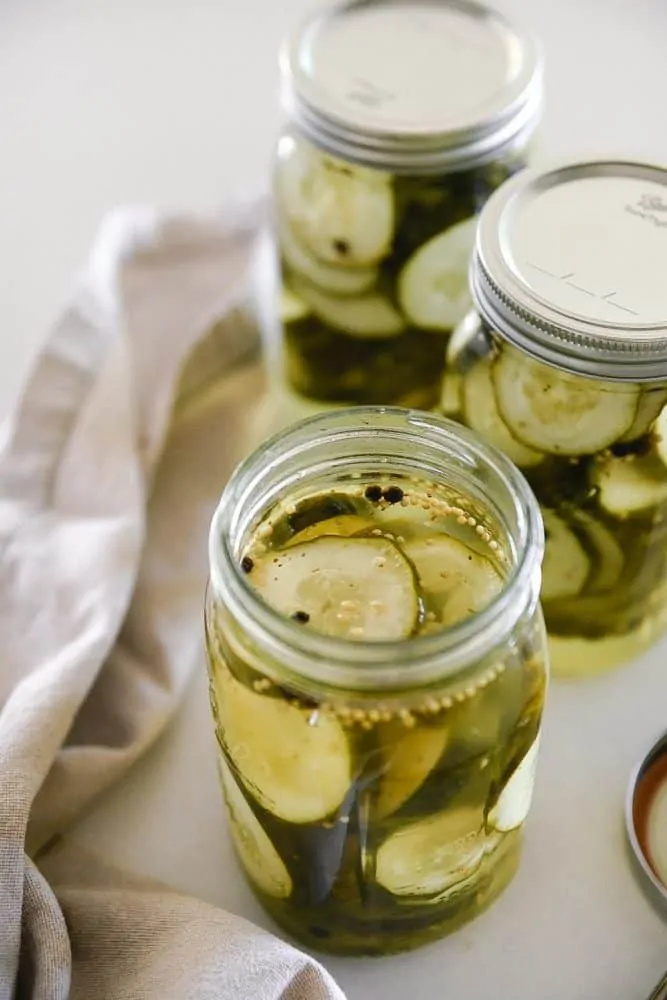
What type of cucumber is best for Bread & Butter Pickles?
Pickling Cucumbers vs Regular Cucumbers
In general, pickles are best when made with pickling cucumbers. Pickling cucumbers are bred to be shorter, stockier, and more uniform. They range in color from yellow to green and often have small bumps on the skin.
English cucumbers or slicing cucumbers are larger, and have thicker skin. Slicing cucumbers are bigger, dark green in color, and can have a slightly bitter taste. These cucumbers are usually coated in wax, which makes the skin impenetrable by pickle brine.
Whereas English cucumbers (also called burpless cucumbers) are dark green, and long and narrow with a point on the end. They are sometimes wrapped in plastic and are not coated in wax. It isn’t recommended that either of these types of cucumbers are used for pickling.
While you can make pickles with slicing or English cucumbers, a pickling cucumber should be used for best results. Yet, sometimes our garden gifts us with mature or odd shaped cucumbers, and bread & butter pickles are a way to use them up if pickling cucumbers aren’t available.
The National Center for Home Food Preservation notes: “Use odd-shaped and more mature cucumbers for relishes and bread-and-butter style pickles.” source
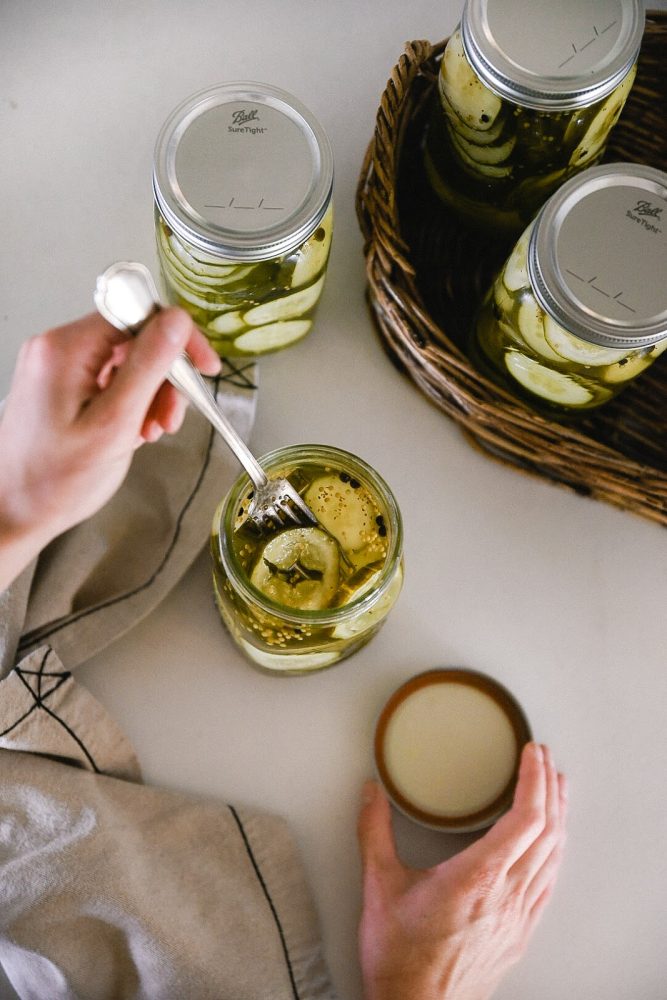
The Pickle Float
To prevent the cucumber slices from floating in the pickle brine, use pickling cucumbers. The brine used to make bread & butter pickles is syrup like and quite dense. If slicing or English cucumbers are used, you will notice the slices floating to the top.
This is because the syrup is heavier than the large cucumber slices resulting in a lower pack weight. By using a pickling cucumber, more slices would fit into the jar, yielding a higher solid:liquid ratio.
While using English or slicing cucumbers for bread & butter pickles will be safe to eat, they’re not as pretty and won’t result in as nice of a texture.
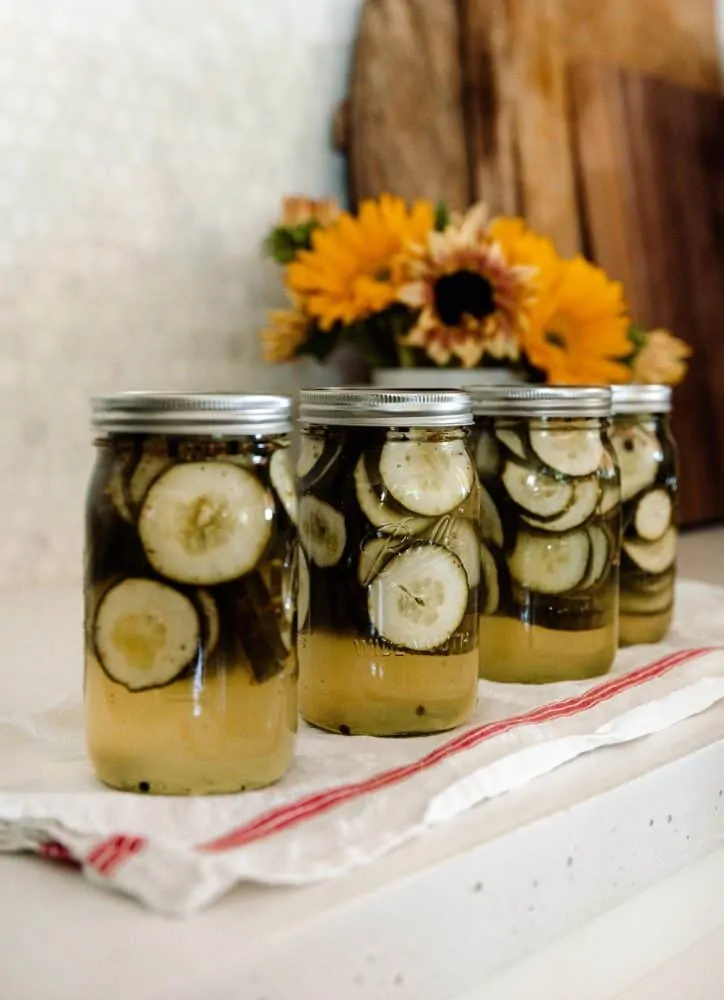
Crispy & Crunchy Pickle Tips
If you’ve ever made pickles and they’ve come out soggy or chewy, you may be wondering how to keep pickles crisp and crunchy?
- Use fresh produce! Ideally, use cucumbers that have been harvested within 24 hours. If pickling within 24 hours isn’t an option, refrigerate until you’re ready to use them up.
- The pectin structure in vegetables begins to change after it has been harvested causing the vegetable to become softer with each passing day. Once a veggie starts to soften, there’s no going back. Use vegetables when they are at their freshest point for the most crisp pickles!
- If the cucumber you’re planning on pickling is overgrown, soft, and mushy…well then, you’re probably going to have mushy pickles. For best results, use smaller, firm cucumbers for extra crunchy pickles.
- Start with cold cucumbers. Some methods suggest an ice bath, some suggest resting the cucumber slices over ice, others say to refrigerate. The cliff notes are: start with cold vegetables.
- Don’t overprocess the pickles. Follow the recipe directed processing times (adjust for altitude accordingly), but don’t overprocess the vegetables. Bring the water bath to a full rolling boil before lowering the filled jars in, and start the processing time the moment the jars are lowered into the canner.
- Be sure to remove the blossom at the end of the cucumbers. The blossom contains enzymes that soften the pickles. Discard at least 1/16th of the end of the cucumber where the blossom is.
- Lastly, calcium chloride additives like Ball® Pickle Crisp or Ball® Bread & Butter Pickle Mix are specifically formulated for pickling and can help keep your pickled vegetables crunchy.

NEW TO HOME CANNING? HERE ARE SOME GREAT RESOURCES!
Ball® Blue Book® Guide to Preserving
Some older recipes call for Alum or Lime, is this safe?
Always use an updated and tested recipe from a reputable source (Fresh preserving has tons of pickle recipes!). Long ago, alum was suggested for crispness, but is no longer recommended. Likewise, lime is a source of calcium which can help keep pickles crisp. Neither of these additives are recommended, but instead a food grade Calcium Chloride can be used to help keep pickled vegetables crisp (Ball® Pickle Crisp is a great option).
MORE GREAT PRESERVING RECIPES:
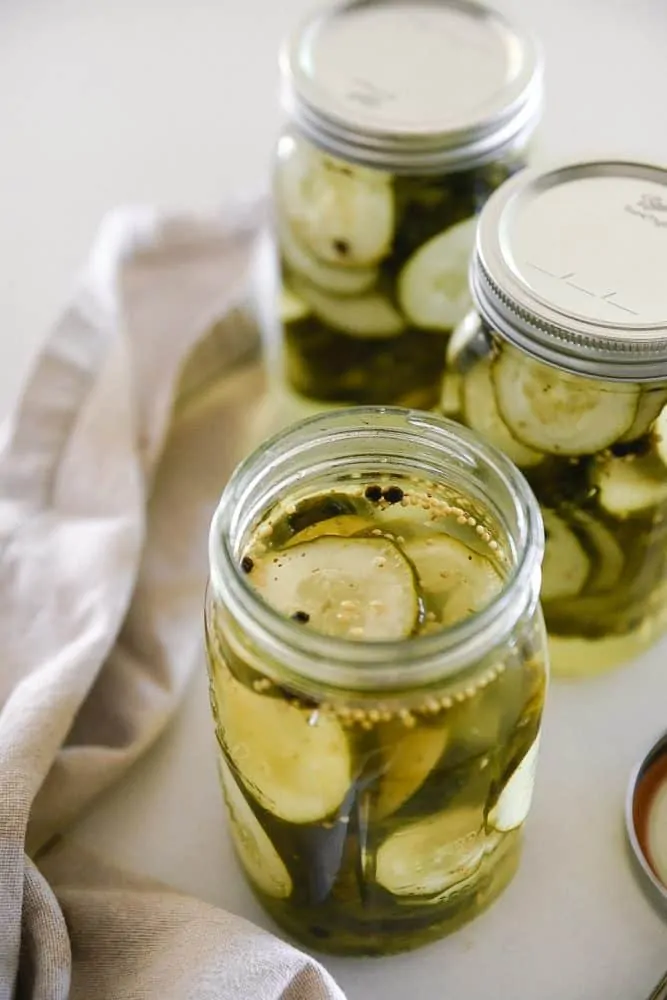
Bread & Butter Pickle Recipe

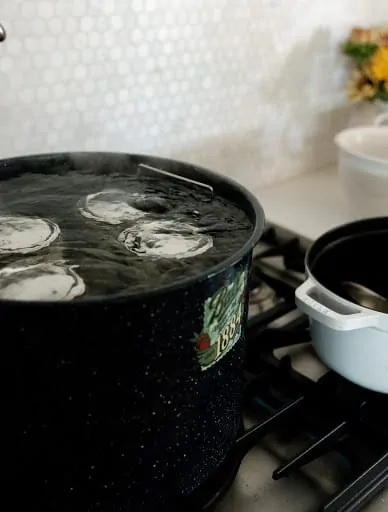


The Recipe
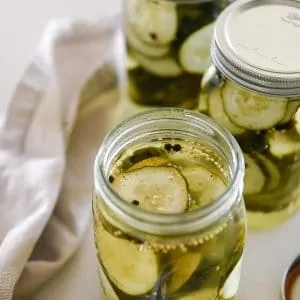
Bread & Butter Pickles
Ingredients
- For every 2 quarts of pickles:
- 3 1/2 lbs pickling cucumbers about 14 small to medium
- 2 1/2 cups vinegar 5% acidity
- 2 1/2 cups sugar
- 1/4 cup Ball® Bread & Butter Pickle Mix
Instructions
- Slice ends off cucumbers then cut into 1/2 inch slices.
- Combine vinegar, sugar, and Ball® Bread & Butter Pickle Mix in a medium saucepan and bring to a boil.
- Pack based on enjoy now or fresh preserve steps below.
Enjoy now (Refrigerate up to 3 months):
- Pour hot pickling liquid over cucumber slices in a large bowl. Cool to room temperature, about 30 minutes.
- Pack cucumber slices into jars. Ladle pickling liquid over cucumbers. Place lids & bands on jars.
- Refrigerate pickles. For best flavor, allow pickles to stand in refrigerator for 3 weeks.
OR Fresh preserve (Store up to 1 year):
- Prepare boiling water canner. Heat jars in simmering water until ready to use, do not boil. Wash lids in warm soapy water and set aside with bands.
- Pack slices into a hot jar leaving a ½ inch headspace. Ladle hot pickling liquid over slices leaving 1/2 inch headspace. Remove air bubbles. Wipe rims. Center lids on jars. Apply bands and adjust to fingertip tight. Place jar in boiling water canner. Repeat until all jars are filled.
- Process jars 15 minutes, adjusting for altitude. Turn off heat, remove lid, let jars stand 5 minutes. Remove jars and cool 12-24 hours. Check lids for seal, they should not flex when center is pressed. For best flavor, allow pickles to stand for 4-6 weeks.
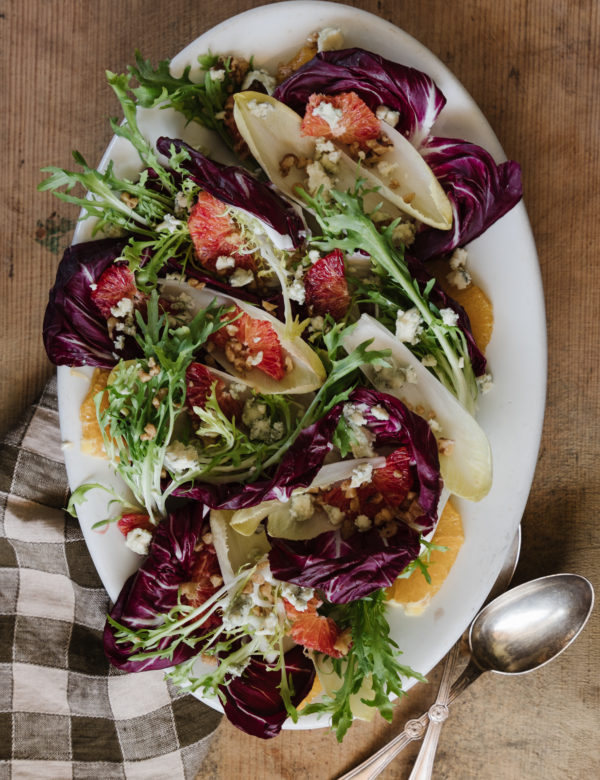

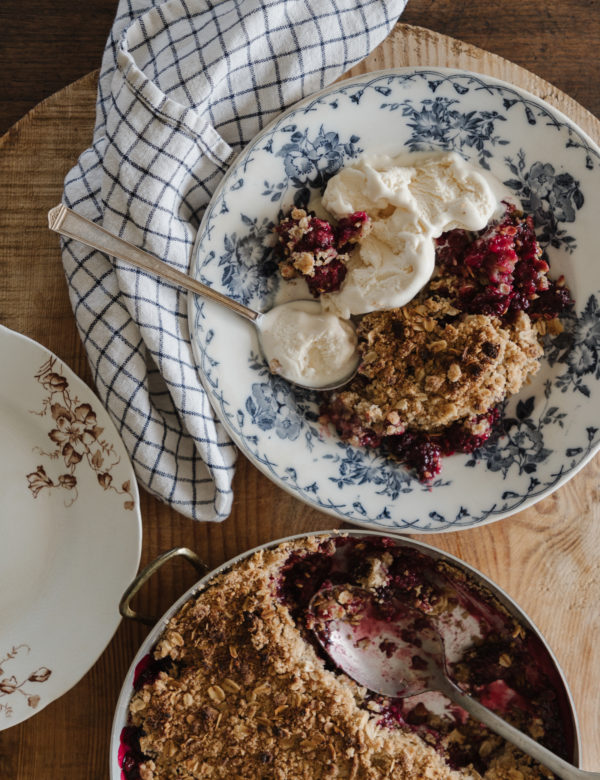

Can I use regular cucumbers?